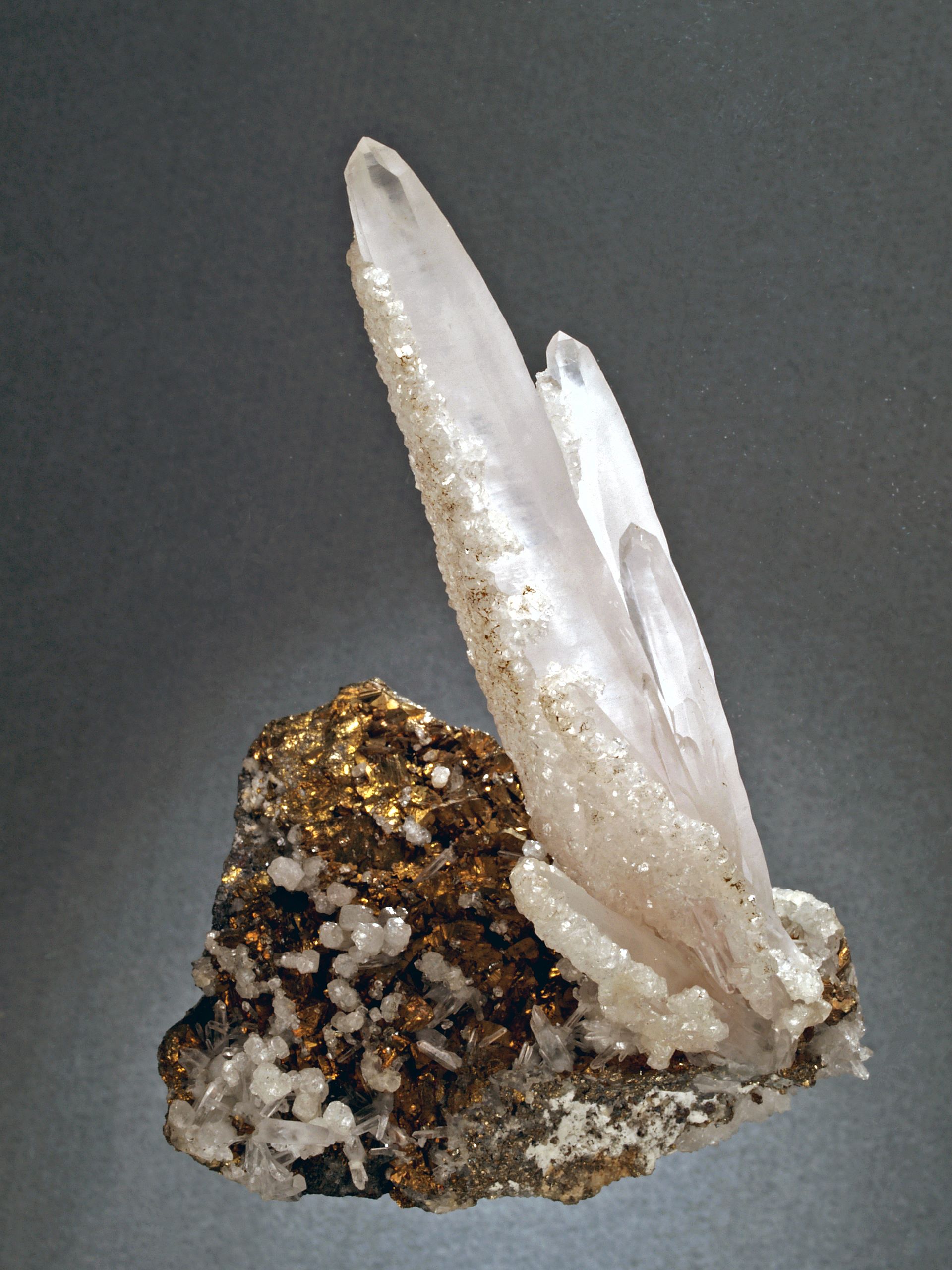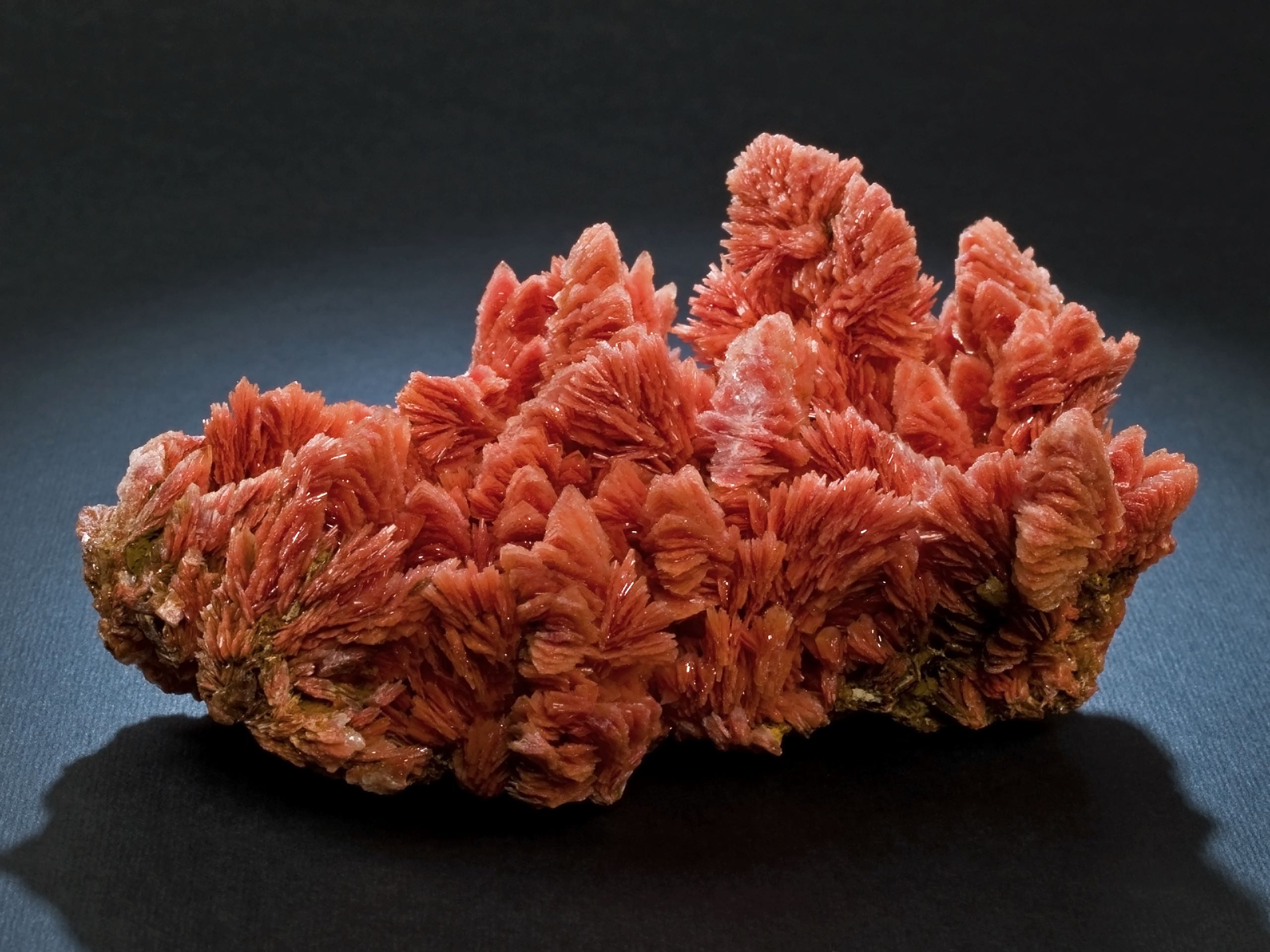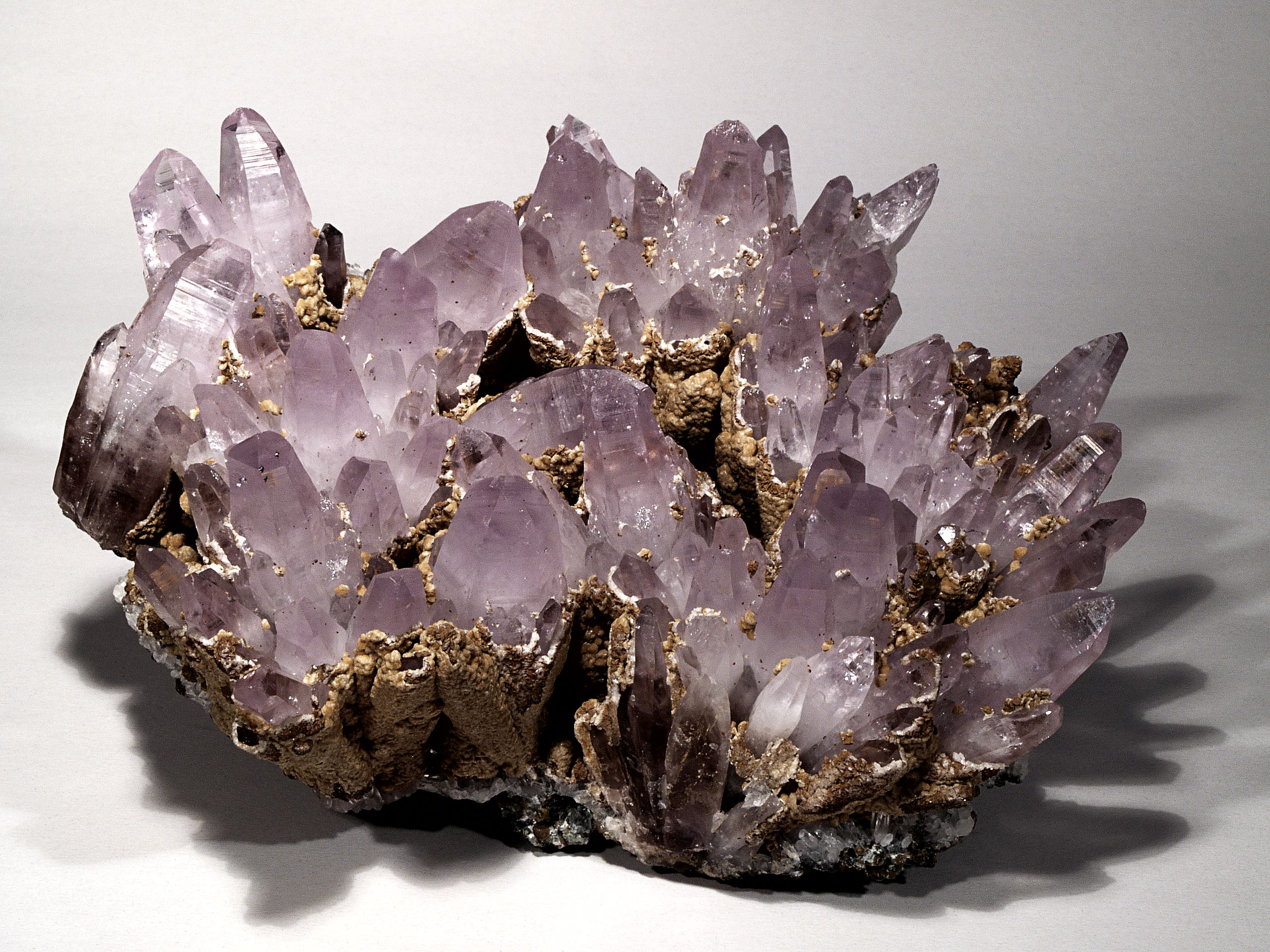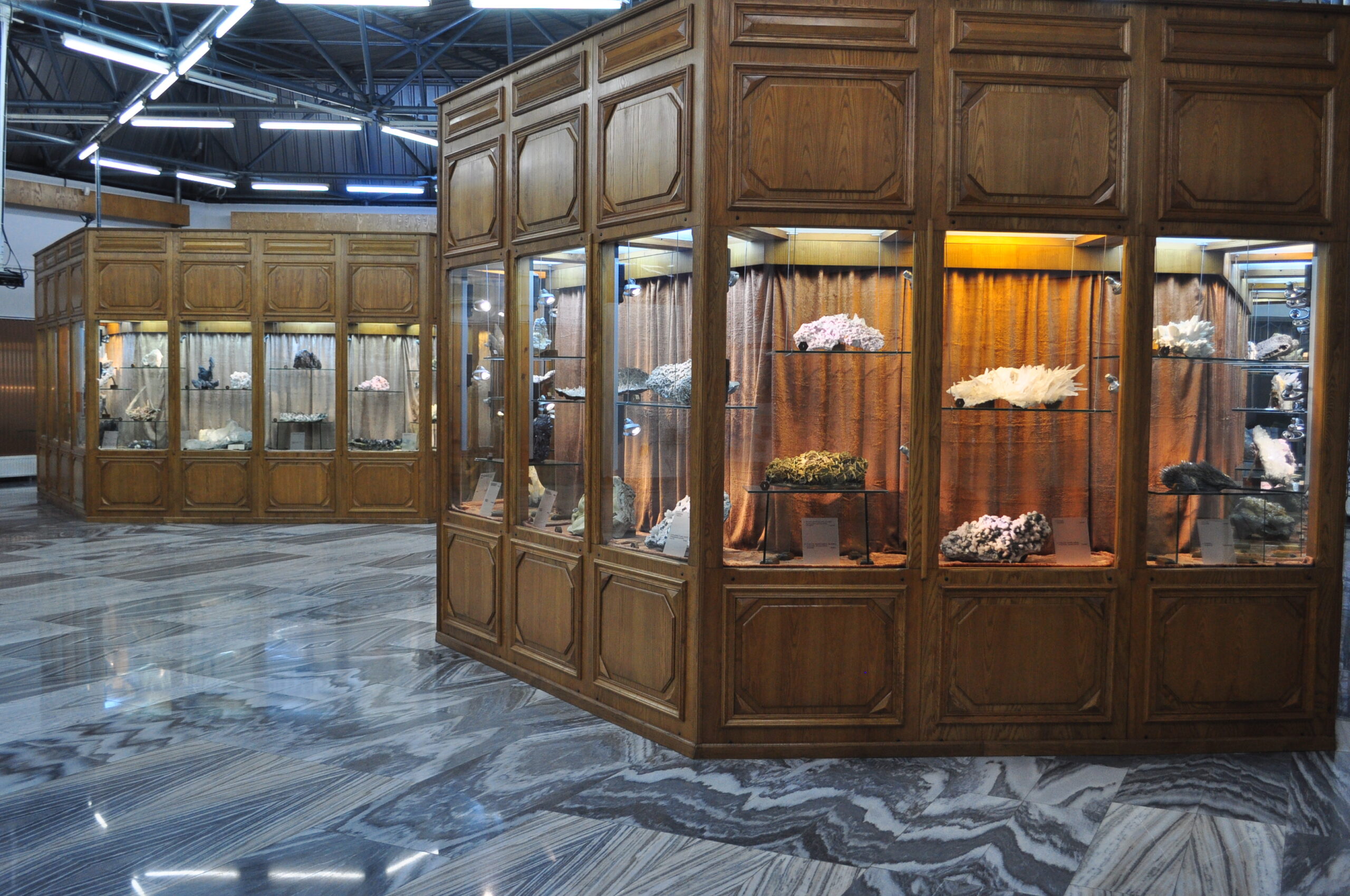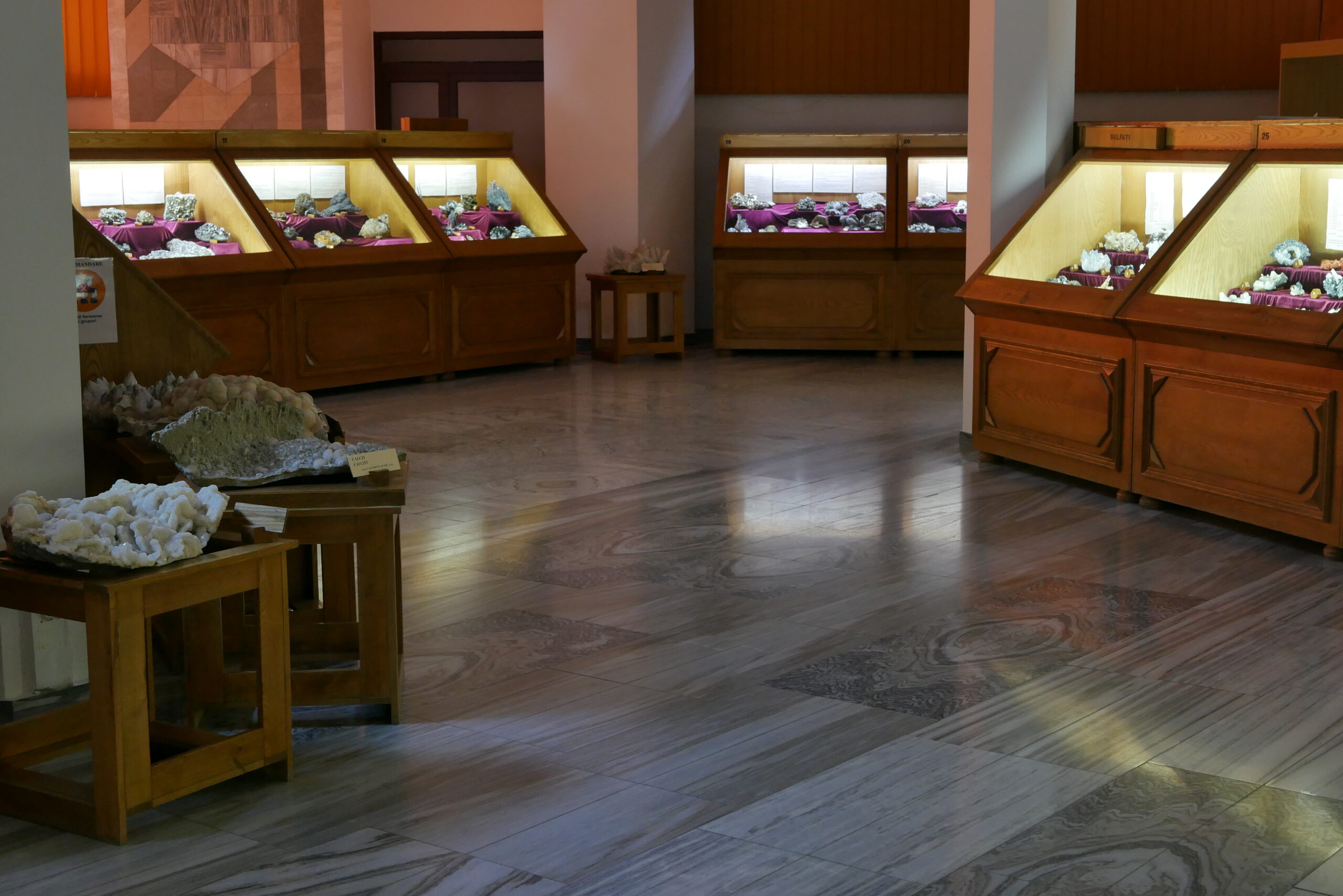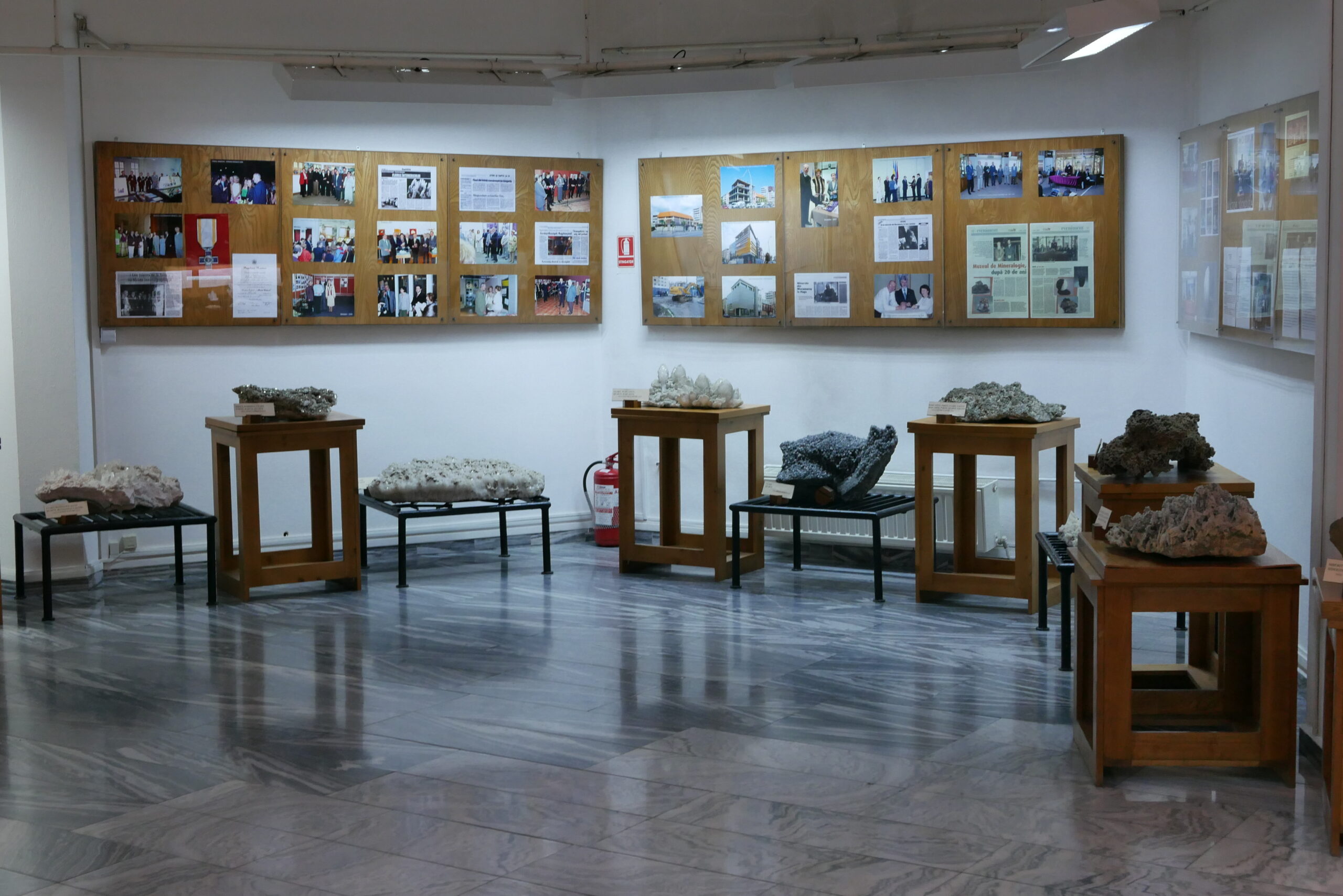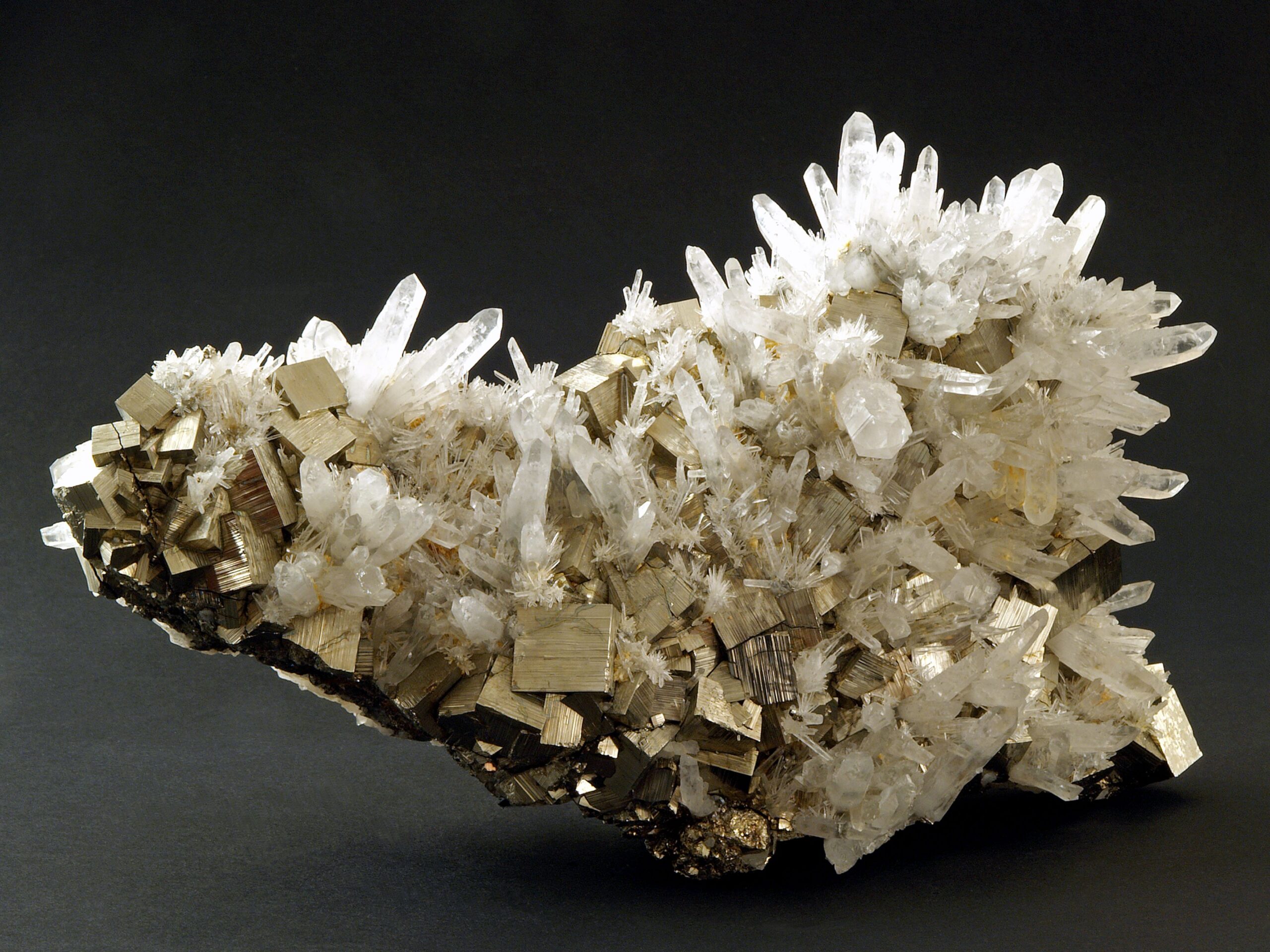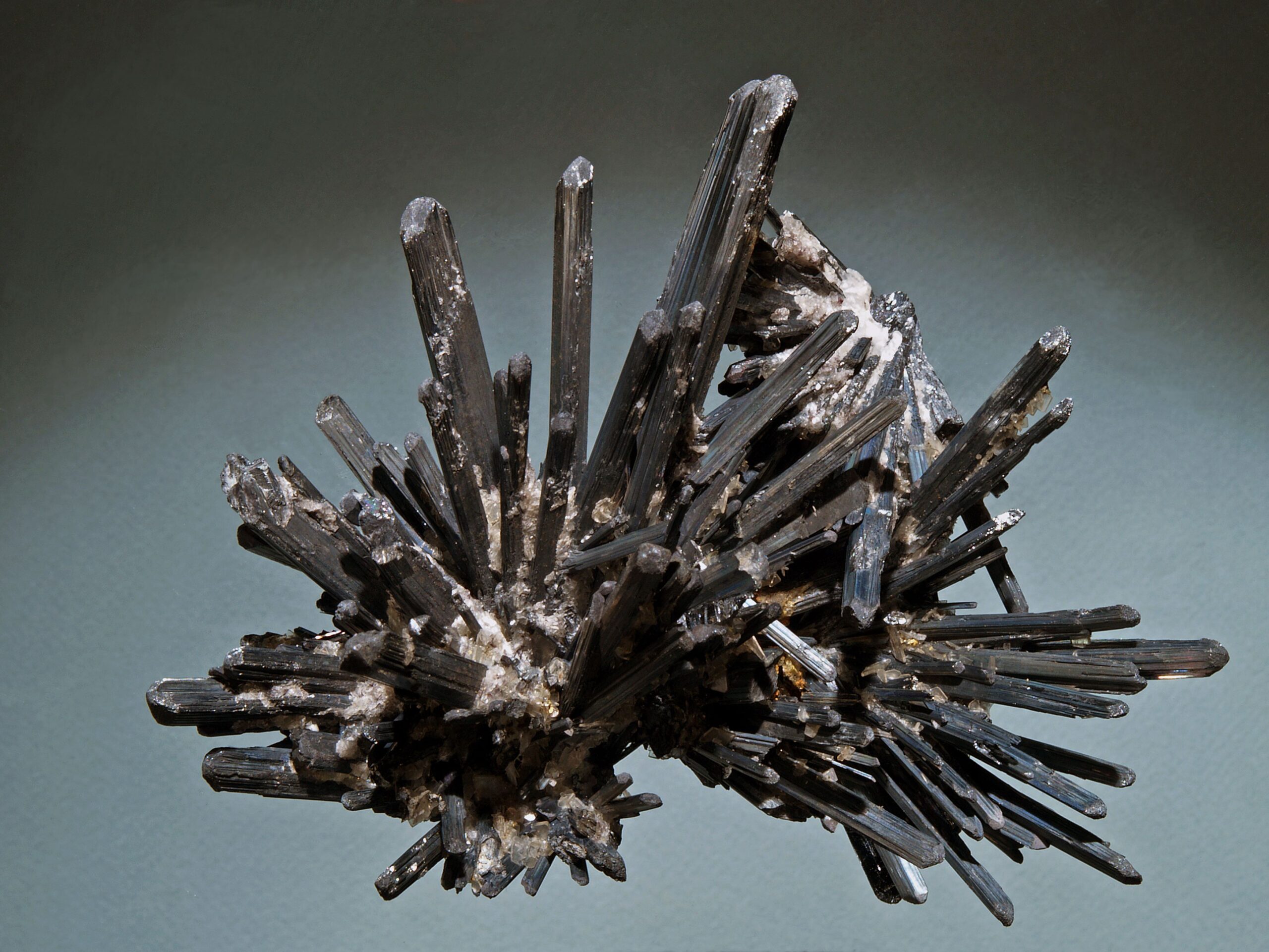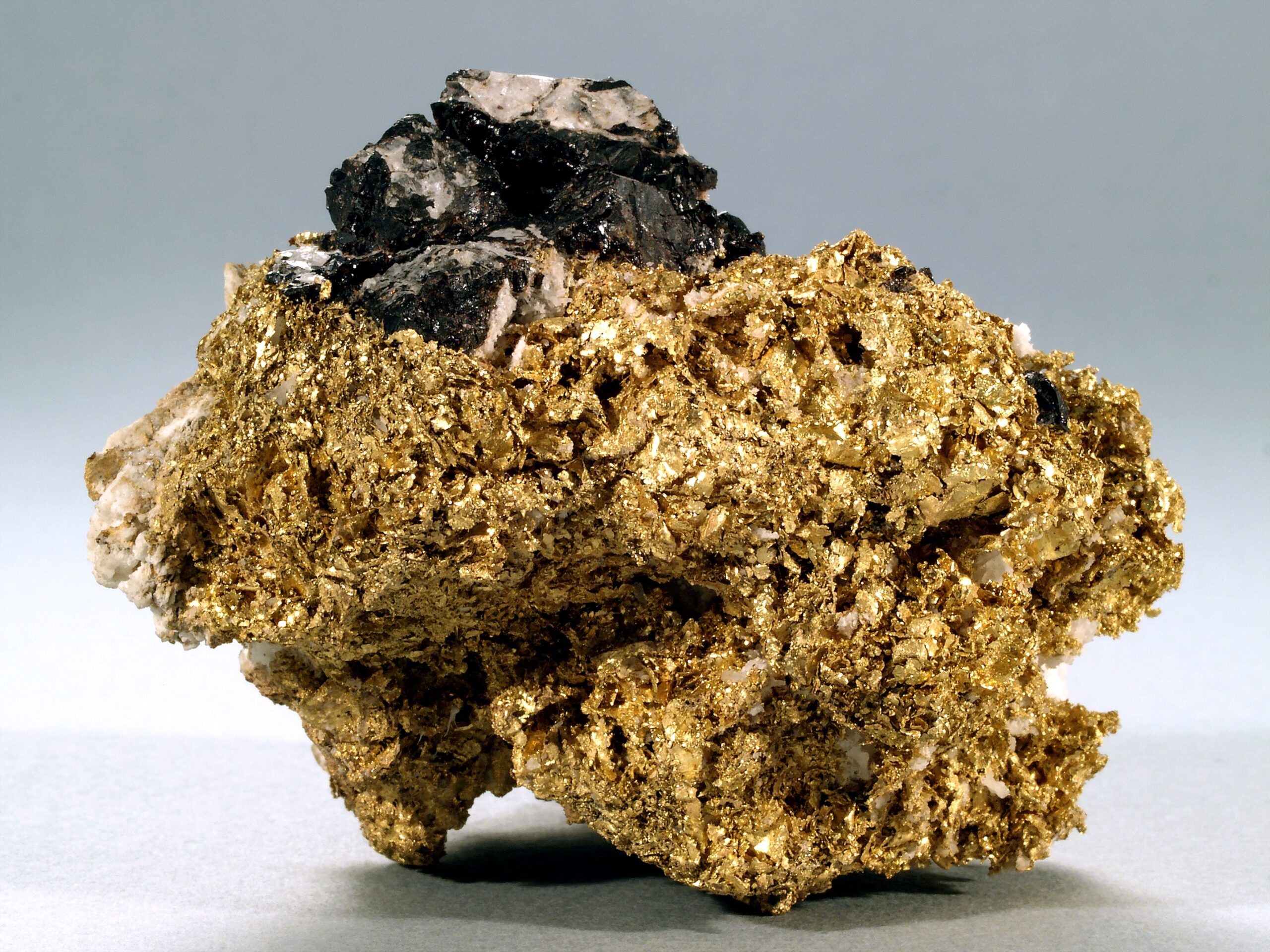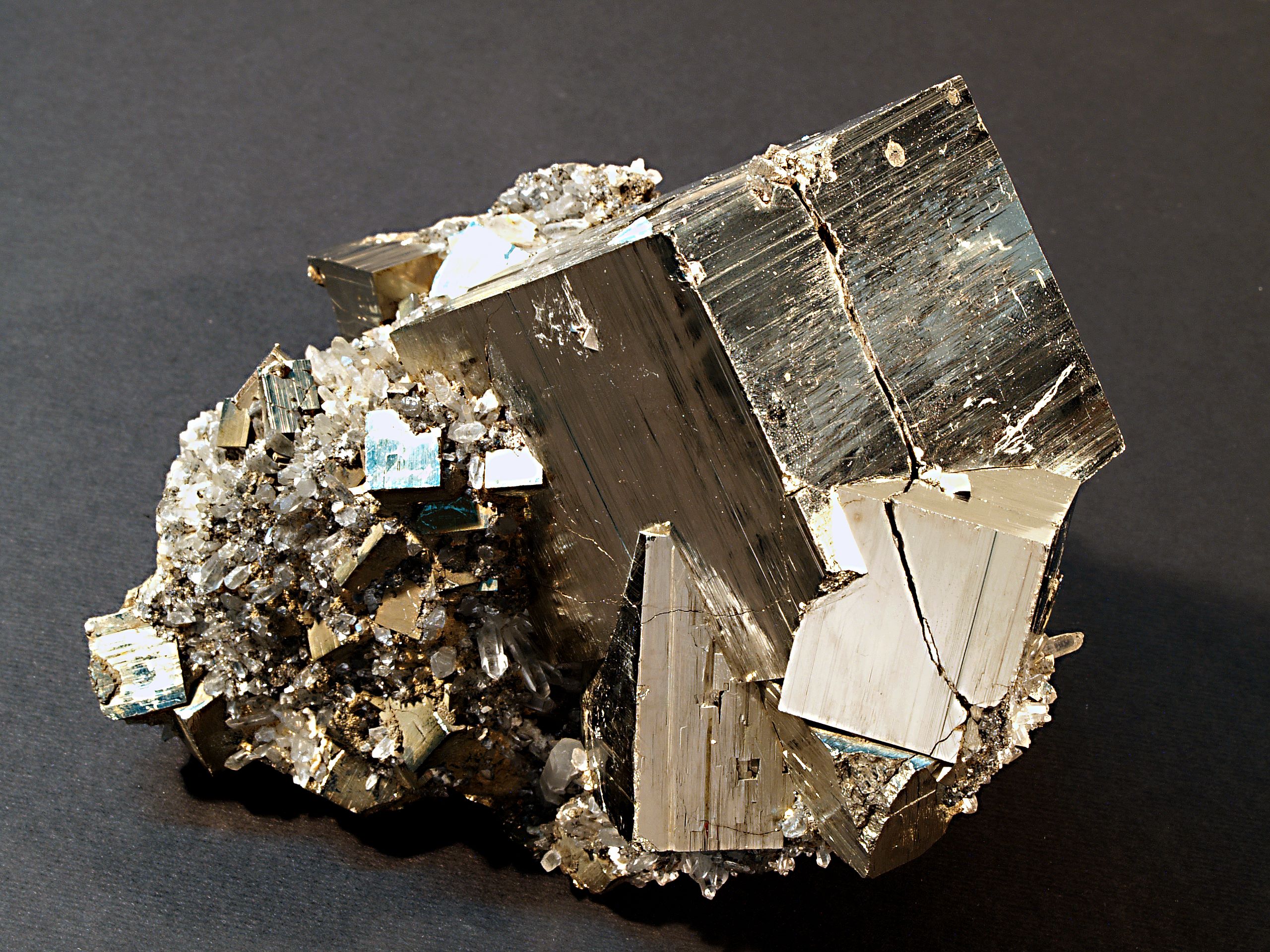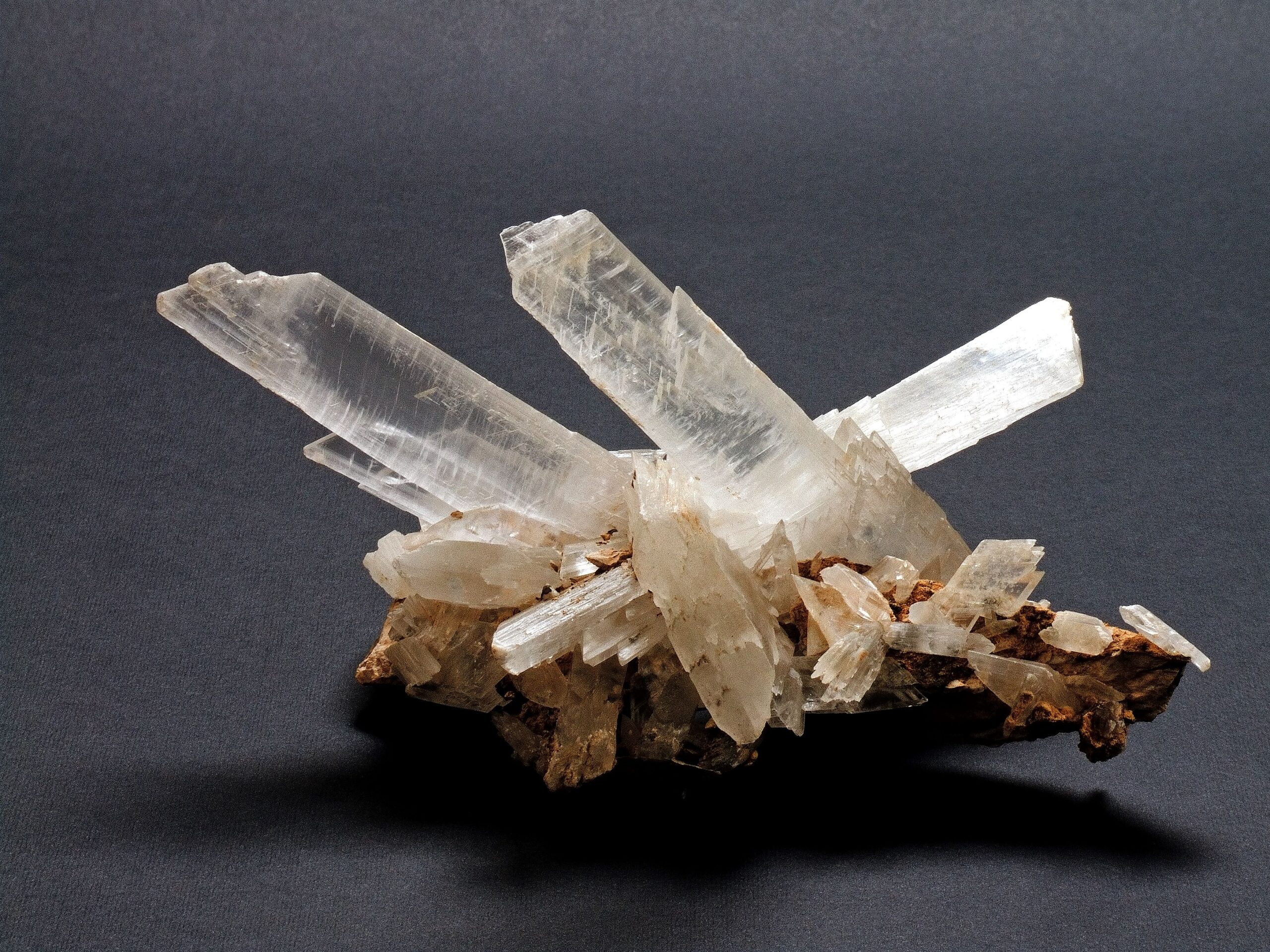"Victor Gorduza" County Museum of Mineralogy, Baia Mare.
Address: 8 Traian Boulevard, Baia Mare 430212, Maramureş county, Romania
Phone: 0262 227 517 | 0362 804 124
Email: muzmin@rdsmail.ro
Website: http://www.muzeuminbm.ro
Social networks: https://www.facebook.com/MuzeuMineralogie
The “Victor Gorduza” County Museum of Mineralogy Baia Mare – MusMin – is one of the most important museums with natural sciences profile in Romania and the largest regional museum of mineralogy in Europe, whereas the entire museum patrimony, either exhibited or stored, comes from the north-western area of Romania.
The museum developed on the structure of the Natural Sciences Department, founded on January 17th, 1976, within the Maramureș County Museum and which had its headquarters in the Iancu de Hunedoara House, in the Old Center of the city, a space that also hosted the first permanent exhibition of the department. On February 8th, 1988, the Department of Natural Sciences was relocated, in order to build an adequate headquarters, the building located at 8 Traian Blvd. And, after almost two years of intense work, on November 6th, 1989, the current permanent exhibition officially opens in a new, representative and properly endowed headquarters. On December 10th, 1992, following the decision of the Permanent Delegation of the Maramureș County Council, it receives the legal status of museum, separating from the Maramureș County Museum, and today it proudly bears the name of the one who had the idea of establishment, led it and made it known in the country and abroad, namely Victor Gorduza.
The continuous development activity of the museum heritage, in over 45 years of activity, is materialized today through an impressive heritage, comprising over 20,800 pieces, grouped in four collections: minerals, fossils, rocks and ores. All these come from outcrops and especially from underground mining exploitations, which operated until 2006 in the so-called Baia Mare mining region.
The valorization of the heritage is achieved primarily through the permanent exhibition, at the museum headquarters and also through temporary exhibitions, organized at the headquarters, in the country and abroad. In over 45 years of activity, of which 33 in its current location and structure, the Museum of Mineralogy has organized and hosted over 210 temporary exhibitions in the country and abroad. Among the 45 exhibitions organized abroad, we mention: Vienna (1982, the first exhibition organized abroad), Austria (travelling exhibition in 10 localities, between 1984 and 1986), Germany (1990, 2001, 2002 and 2016), France (1991), Austria (1991-1993), France (travelling exhibition at 8 museums, between 1995 and 1997, also in 1999 and 2002), Monaco (2004), Belgium – Brussels (2007), Netherlands (2008), Chișinău (2013) and Hungary (2005, travelling exhibition between 2006 – 2007 at 4 museums, 2014, 2015 and 2017).
The permanent exhibition of MusMin is organized in four sections. The first section, Petrography, presents the overall geological structure of the area, the main types of rocks and their uses. The second section, Mineralogy, highlights the crystallographic forms, the physical properties of minerals, and mineralogical systematic by class. Within the Deposits section there are displayed the representative ores from hydrothermal, poly-metallic and gold-silver deposits, associated with Neogene magmatism, which were the object of mining exploitations. The fourth section, Mine Flowers, is dedicated to the most impressive mineral samples, which amaze the viewer with the special aesthetic qualities they reveal: crystallographic shapes, sizes, colours, mineral coalescences, etc.
The minerals and unique mineral associations in the museum’s collection are the main points of interest in the permanent exhibition. Stibnite, one of the most representative minerals for the Baia Mare region, is presented in the form of thick glossy prisms in samples from Băiuț mine, acicular crystals in paragenesis with transparent barite coming from Baia Sprie mine and in the form of radial aggregates specific to Herja mine.
A special variety of shapes and colours also appears in calcite – samples with lacy, radiating or spherical shapes, coloured white, gray, black, brown or colourless. Another mineral that brought fame to Baia Mare region, barite, appears in various colours: colourless, milky-white, yellow, gray, blue and of course intense red, unique colour worldwide for the barite from Baia Sprie mine.
Perfectly cubic pyrite crystals of impressive size, pink rhodochrosite rhombohedral crystals, green, violet and yellow fluorine cubic crystals, quartz varieties with coral appearance or in the form of columnar and transparent crystals, purple amethyst from Red Valley mine, as well as other special samples complete and perfect the permanent exhibition of the Museum of Mineralogy.
The mineral samples from the MusMin collection are spectacular from an aesthetic point of view but also rare worldwide, which is why some of them are classified in the treasure category of the national cultural heritage of Romania. Also noteworthy are mineral samples including semseyite, fizélyite, fülöppit, andorite, klebelsbergite and rhodochrosite – minerals that were discovered and described for the first time in the world in deposits in the Baia Mare area.The activity of the “Victor Gorduza” County Museum of Mineralogy Baia Mare has been recognized and appreciated locally, nationally and internationally. Thus, in 2001, the Ministry of Culture and Religious Cults awarded the Museum the “Grigore Antipa” Prize, the first of its kind awarded to a museum in the field of natural sciences. In 2004, Ion Iliescu, President of Romania, awarded the then director of the Museum, Victor Gorduza, the Order of Cultural Merit in the rank of Knight, in 2009, Maramureș County Council awarded him a Diploma of Excellence, and in 2014, the Local Council of Baia Mare awarded him the title of “honorary citizen”.




